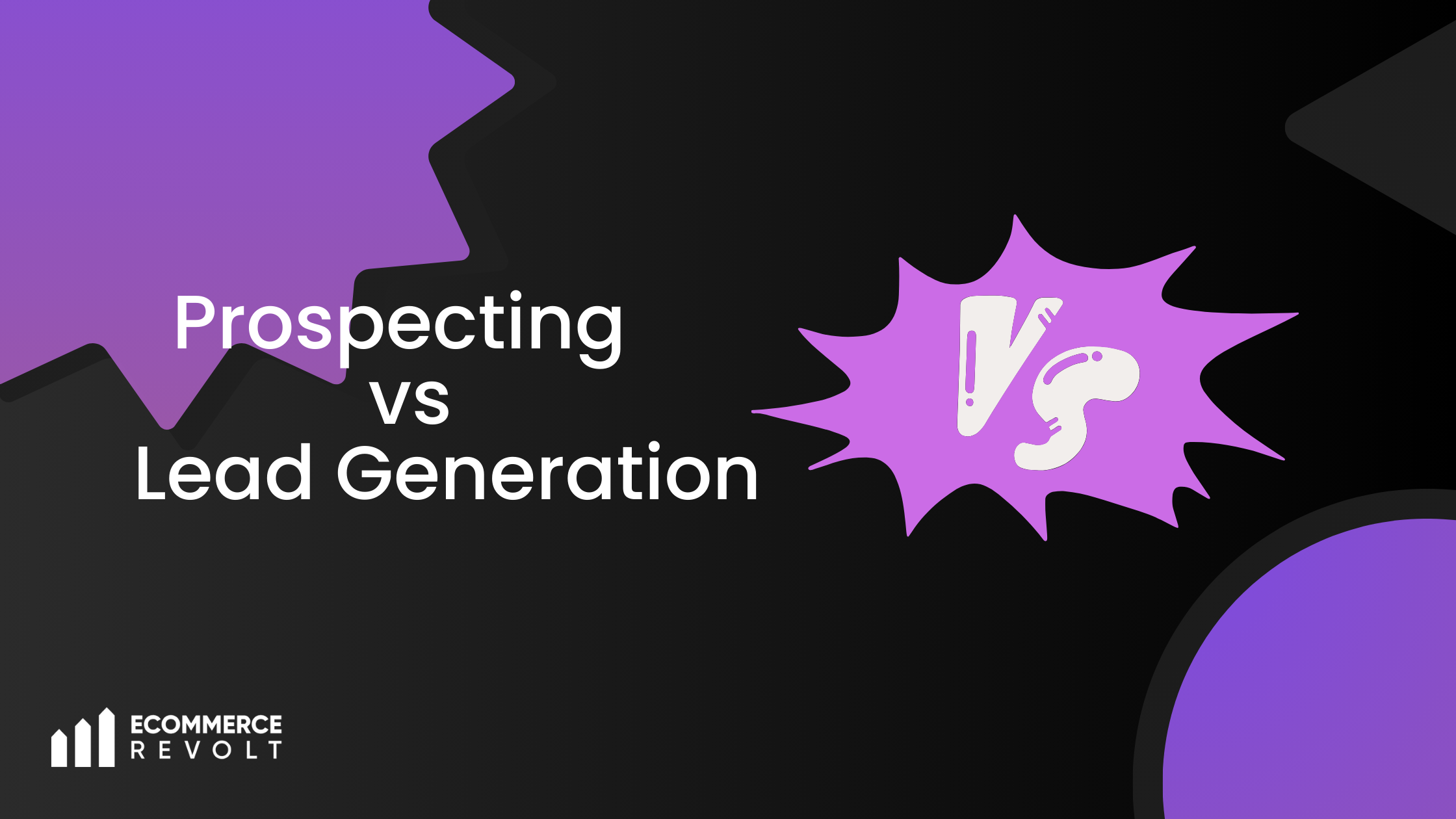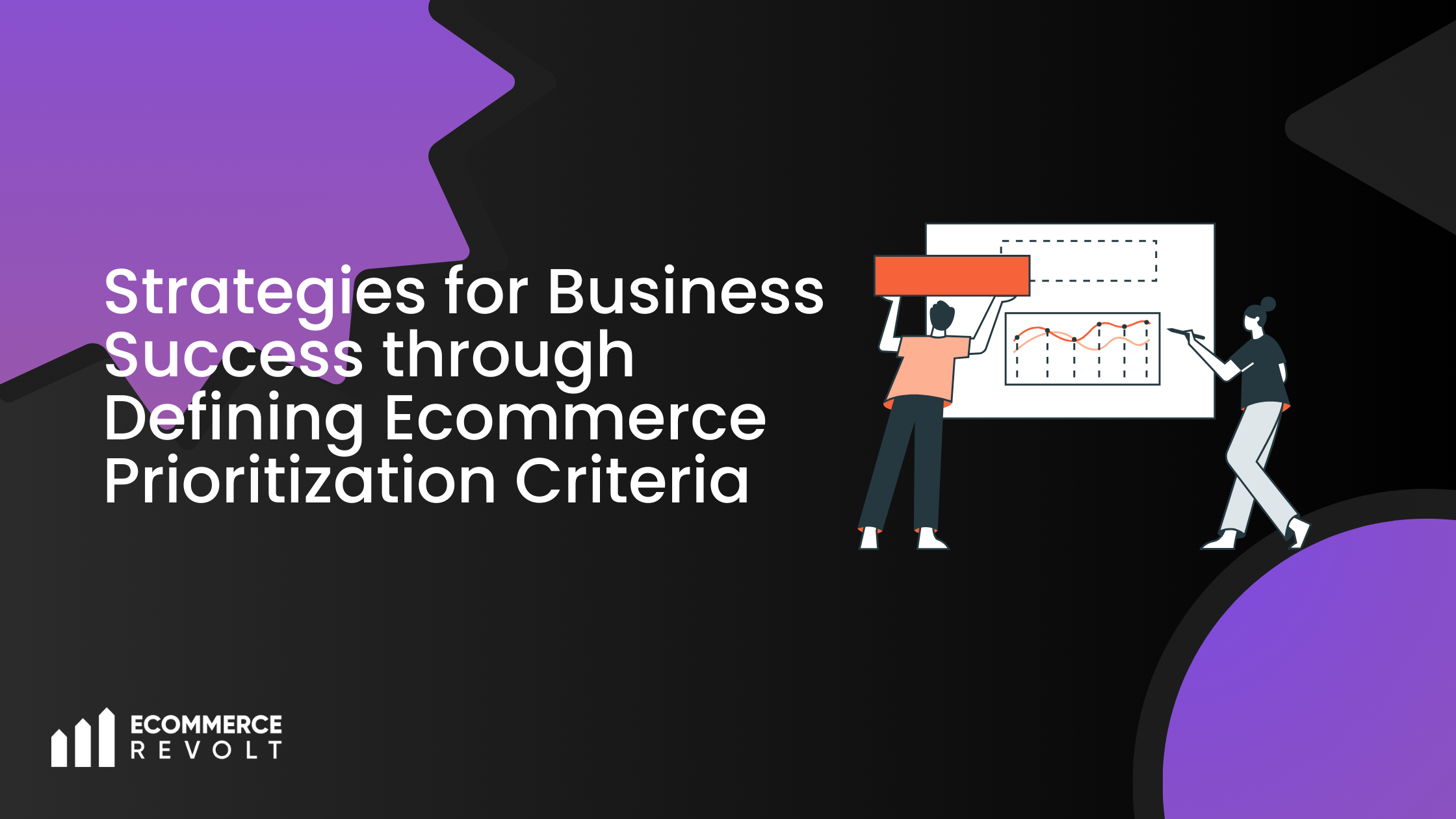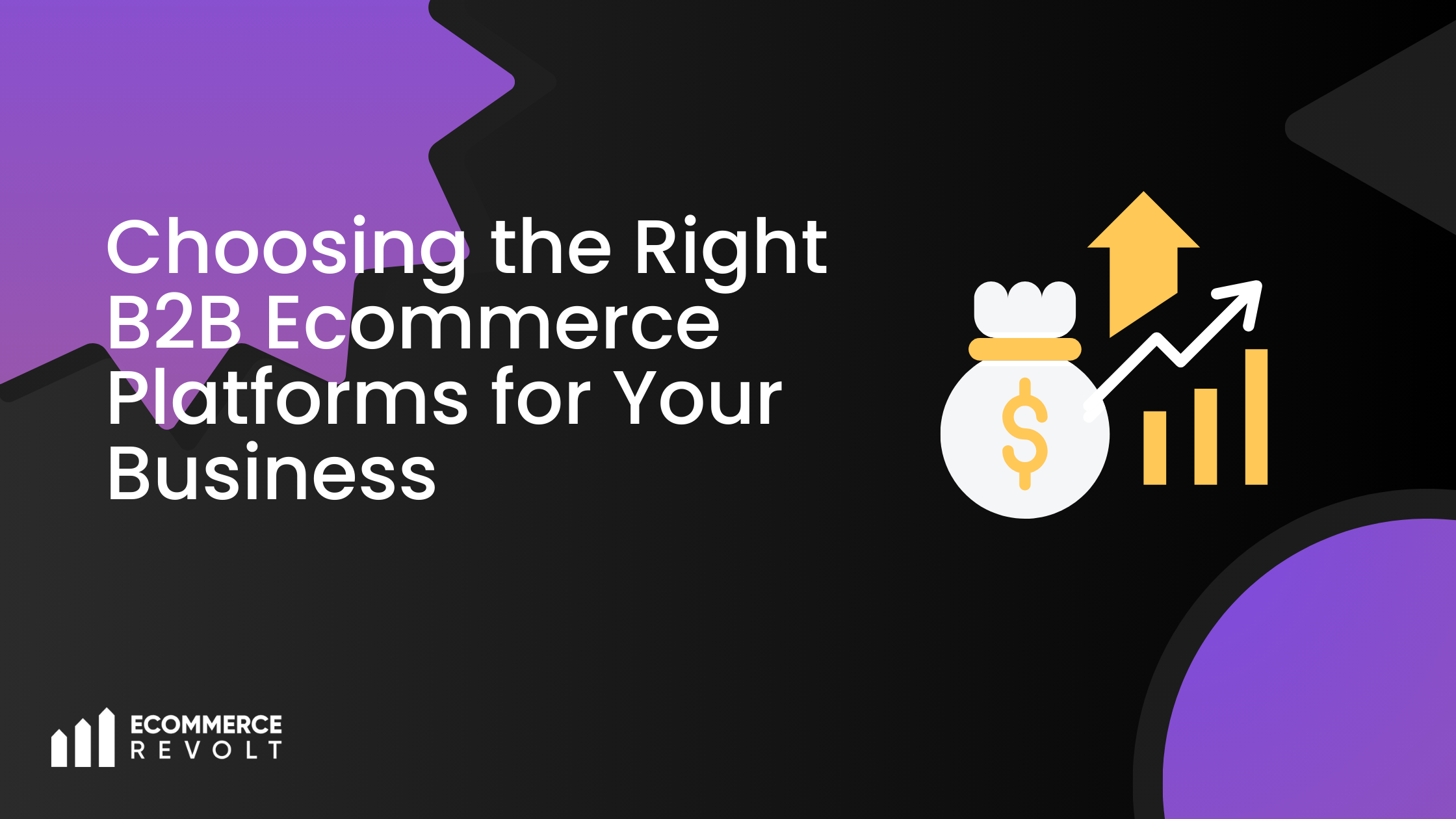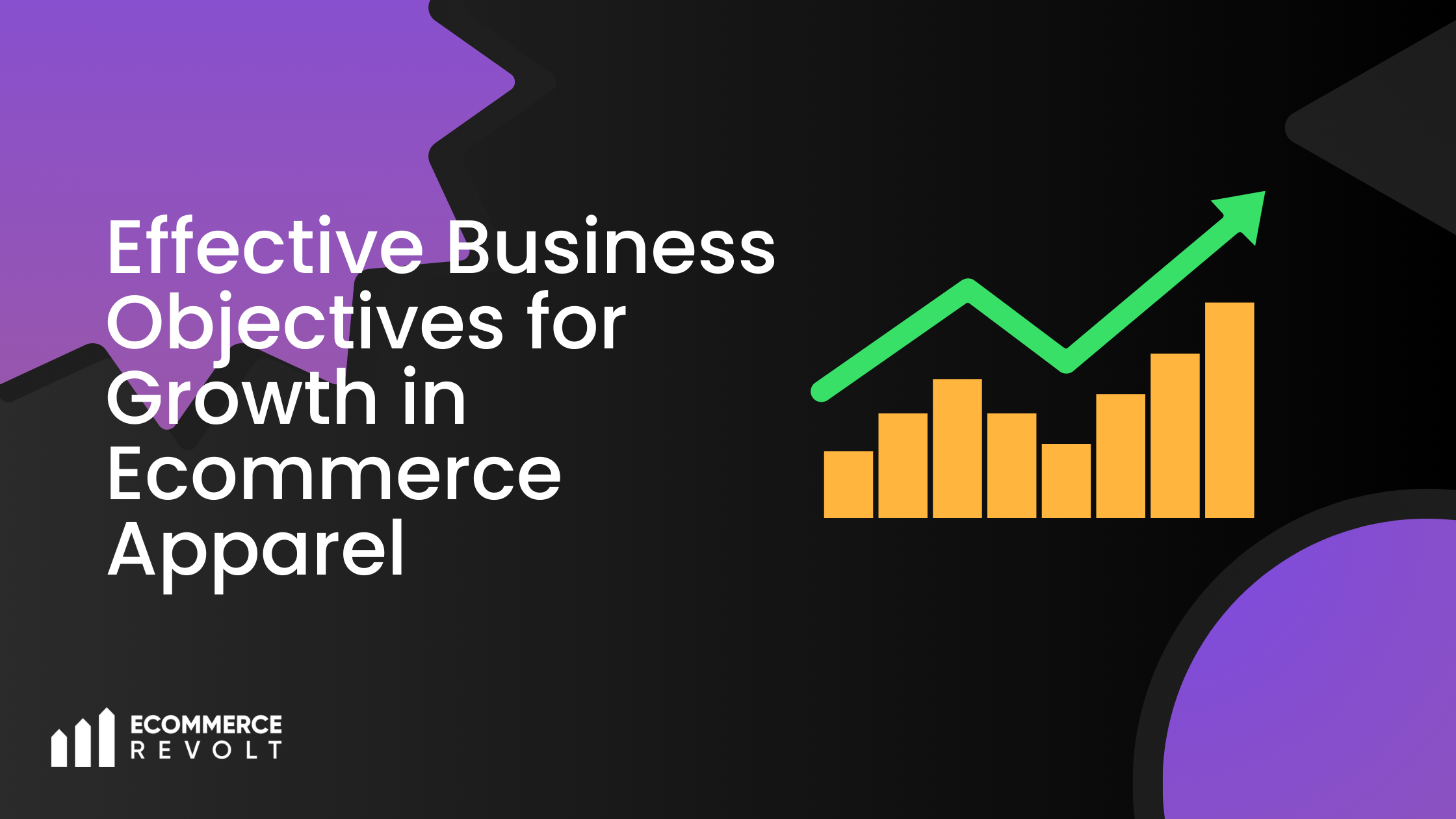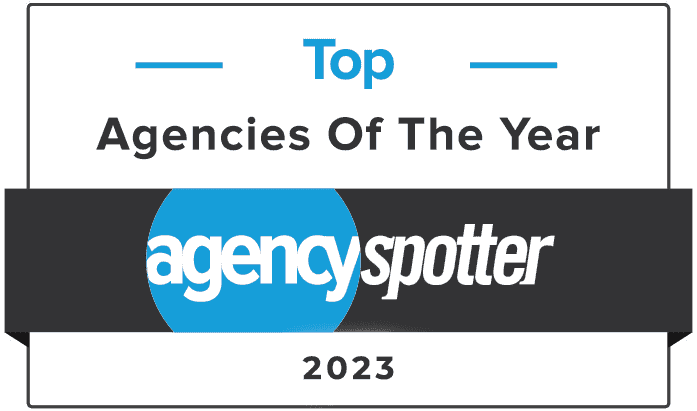In the field of sales and marketing prospecting and lead generation are two terms with the same meaning. However, they are different but useful elements for constructing the right sales funnel. Knowledge of such ideas enables firms to devise efficient processes for optimal results. That is where it is important to Prospecting vs. Lead Generation: What’s the Difference?
1. Prospecting and Leads
To understand the distinction, it’s essential to define prospecting and leads:
- Communication in prospecting entails going out there and finding potential customers for products or services to be sold. Another is online searches, telemarketing, and other forms of outreach to individuals that seem to represent your target market.
- A lead is a prospective customer who has indicated a prior interest in your product or service by possibly subscribing to a newsletter or filling out a form, among others.
- While prospecting concentrates on finding potential customers, leads are people or organisations within the sales pipeline. Realising this disparity promotes improved arrangement of sales operations.
2. Prospect vs Lead
Any potential customer is a lead but not all leads are potential customers as we call them prospects here. It helps to set priorities where the business should invest its resources and concentrate on the targets with maximum conversion probability.
The main difference between lead generation and prospecting lies in their approach and focus:
Lead generation is something people connect with marketing and getting strangers to turn into leads using informative content, social media, and emails.
Cold calling, sending messages on Linked In or other related platforms, or purposefully attending events to interact with potential buyers are ways of prospection.
Lead generation is about creating awareness and interest whereas prospecting is about establishing direct relationships. Both are important but cannot be addressed using the same approaches and resources
3. Prospect Generation
Prospect generation is a process that defines the probable potential buyers to buy certain products. It is the process known for searching for probable customers and turning these probable customers into potential buyers. Prospect generation, on the other hand, depends on the criteria that narrow the span of people, companies, or organisations reached compared to lead generation.
Key strategies include:
- Research: Other suitable sources to look for are LinkedIn Sales Navigator or CRM databases.
- Cold Outreach: Promote target potential consumers via electronic mail or the social platform.
- Networking: Being able to talk with decision-makers about each of the above must be done through trade shows and events.
It can also assist in increasing the sales team’s focus on the opportunities that are most valuable. Whereas untouched or new opportunities may have a negative effect and decrease the performance of sales.
- Prospecting v/s Lead generation
Both are essential for the development of business operations. Most business entities require expansion of operations to sustain their earnings and profitability. Whereas lead generation produces a reservoir of potential customers, prospecting makes sure that salespeople target those most likely to make the change.
Simply put lead generation generates the pools of potential customers and prospecting targets the audience that is going to bring the change in the market.
5. Integration
Lead generation and prospecting are still the most popular techniques used in cold calling.
Lead generation with the prosecting activity results in a smooth selling chain and in good cooperation between the marketing and selling departments.
Steps for effective integration:
- Lead Nurturing: By sending out bulk mail and targeting the content to the leads, they can be managed until they are ready to be qualified.
- Collaboration: Promote exchange of information between the marketing and the sales department of the company.
- Technology: Use the CRM (customer relationship management) solution to record all the communication and optimise all processes.
When a business has a correctly established sales funnel, a strategy is maximised dealing with ROI (return on investment).
Conclusion
As earlier mentioned, lead generation is one thing to create awareness while prospecting is the other part of identifying and qualifying potential buyers. Endless prospects, lead generation, and lead prospecting make it easier for organisations to manage their approaches, increase revenues, and sell to customers for the longest time. These processes, if understood, make for a sustainable and efficient sales funnel.

